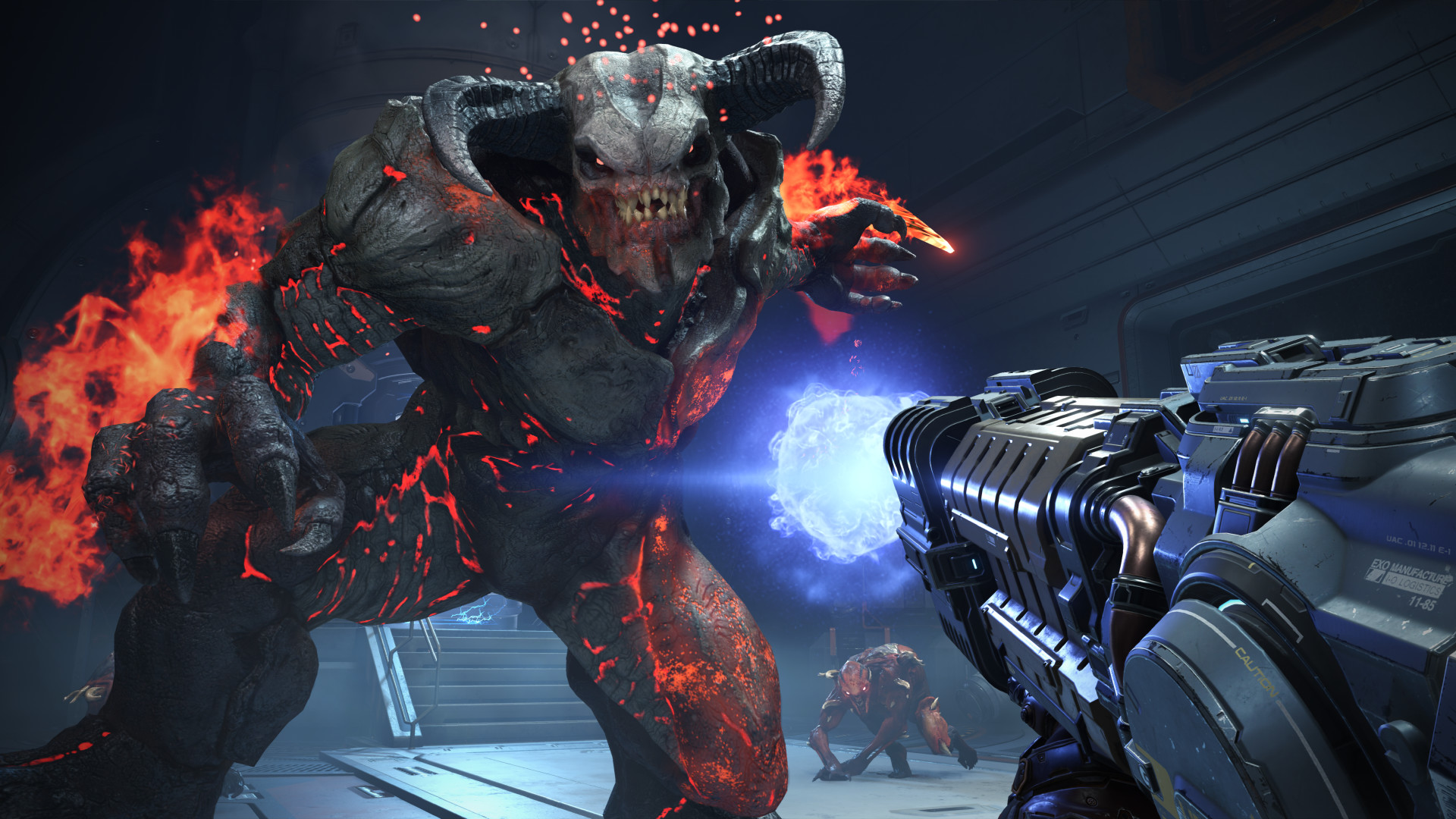
How Doom Eternal Perfected the FPS Formula: The Franchise’s Epic Evolution
The Evolution of the Doom Franchise: From Classic to Modern FPS
Few franchises have shaped the first-person shooter genre like Doom. From its 1993 debut’s pixelated corridors to the adrenaline-fueled arenas of Doom Eternal, the series has never stopped evolving. Let’s break down how Doom Eternal builds on the legacy of its predecessors, pushing the boundaries of level design, enemy variety, and combat strategy-while introducing new mechanics that keep every encounter as intense as the last.
Classic Roots: The Blueprint for FPS Action
The original Doom was revolutionary, setting the standard for fast-paced gunplay, labyrinthine levels, and relentless demon hordes. Its core loop-find keys, blast monsters, hunt for secrets-became the DNA of the genre. Even as technology advanced, the franchise’s commitment to speed and visceral action remained its hallmark.
The 2016 Reboot: A Modern Resurrection
After years of experimentation, Doom (2016) reignited the franchise by returning to its roots while modernizing its design. The reboot delivered:
- Arena-based combat: Fights took place in open, vertical spaces, encouraging constant movement and aggression.
- Resource management: Health, armor, and ammo pickups were tied to “Glory Kills” and chainsaw executions, making resource management a core part of the action.
- Exploration: Levels featured secrets, upgrades, and environmental storytelling, rewarding players who strayed from the main path.
Doom Eternal: Taking the Franchise to the Next Level
Doom Eternal doesn’t just iterate-it innovates, amplifying every aspect that made its predecessors great.
Level Design: Bigger, Bolder, and More Intricate
While Doom (2016) was praised for its arena design and interconnected maps, Doom Eternal expands the scale and complexity even further. Levels are larger, with sprawling layouts that blend combat arenas, traversal challenges, and hidden secrets. The introduction of a central hub-the Fortress of Doom-lets players revisit previous areas and tackle missions in a non-linear order, adding variety and replayability.
Some levels, like Super Gore Nest, return to classic key-hunting mechanics, requiring players to explore, backtrack, and unlock new areas in a fashion reminiscent of Doom’s 90s roots. This interconnectedness rewards curiosity and mastery, making exploration as satisfying as combat.
Enemy Variety and Combat Depth
Doom Eternal introduces a more diverse bestiary, each demon demanding a unique approach. Enemies now feature “weak points” that can be targeted for tactical advantages-shooting off a Revenant’s cannons or disabling an Arachnotron’s turret, for example, changes the flow of battle and encourages strategic thinking.
The resource management “triangle” from 2016-balancing health, armor, and ammo-becomes a “resource square” with the addition of the Flame Belch, a shoulder-mounted flamethrower that drops armor shards from burning enemies. This, combined with limited ammo reserves, forces players to constantly rotate between weapons and abilities, turning every fight into a high-speed puzzle.
Platforming and Puzzle Elements: A New Dimension
One of Doom Eternal’s boldest innovations is its embrace of platforming and skill-based traversal. Double jumps, dashes, wall climbs, and monkey bars transform movement into a core gameplay pillar, both in and out of combat. These mechanics make levels feel more vertical and dynamic, challenging players to master mobility as much as marksmanship.
Puzzle elements, while subtle, add a cerebral layer to the carnage. Whether it’s figuring out how to access a hidden upgrade or navigating environmental hazards, these moments offer a welcome change of pace and reinforce the importance of observation and timing. The skills honed during platforming often translate directly into combat, where aerial maneuvers and quick dashes are essential for survival.
“They're all of them skill-based traversal puzzles. What would be challenging in the beginning of the game becomes second nature at the end of the game.”
- Hugo Martin, Game Director
The Verdict: Doom’s Legacy, Reforged
Doom Eternal is more than a sequel-it’s a masterclass in FPS evolution. By blending classic design philosophies with modern mechanics, id Software has crafted a shooter that’s as rewarding for veterans as it is accessible to newcomers. The franchise’s relentless pace, inventive level design, and ever-expanding arsenal ensure that the Slayer’s crusade is far from over.
For fans of the genre, Doom Eternal isn’t just a love letter to what made Doom great-it’s a blueprint for the future of action games.


